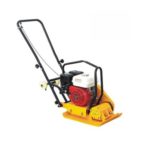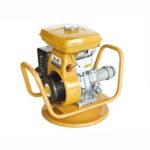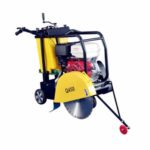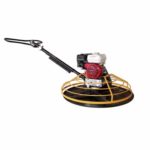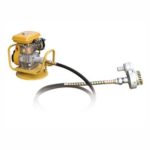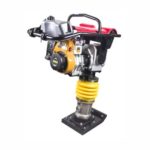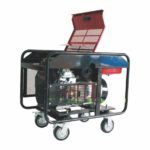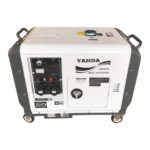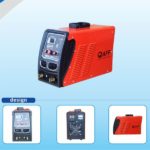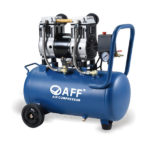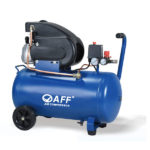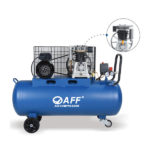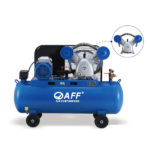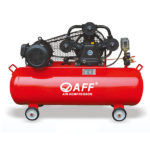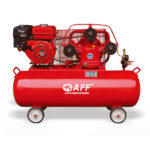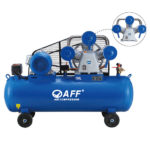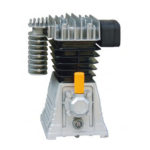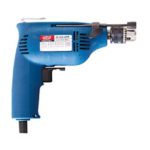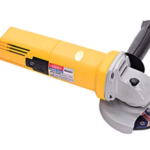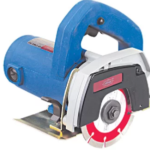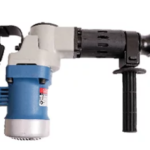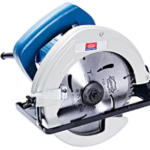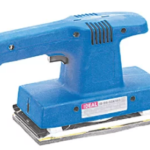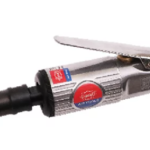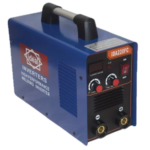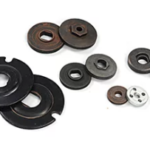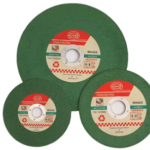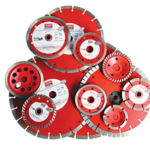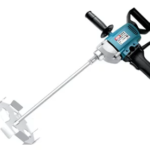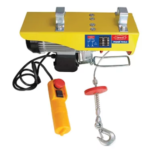To cut, grind, and polish in metal fabrication or construction projects, perhaps one of the most useful power tools is an angle grinder. Professionals and do-it-yourselfers alike use them from fabrication shops to home improvement jobs. The question most people wonder about is: do you use an angle grinder that is small or large?
In this article, we will compare the differences, advantages, and best uses of both tools to help you make an informed decision for your project.
Understanding Angle Grinders
An angle grinder is a handheld power tool that is employed for cutting, grinding, sanding, and polishing. It may be in different sizes, usually measured by the disc size. Small angle grinders range from 4 to 5 inches, while big angle grinders are usually 7 to 9 inches or bigger.
For instance, heavy-duty grinders like the Bosch GWS 26-230 H Professional are known for their cutting power in heavy industry, with smaller models being better suited for lighter and more delicate work.
Large Angle Grinder: Power and Performance
A large angle grinder is made for heavy-duty operation. With 7 to 9-inch discs, large angle grinders allow for deeper cuts and more aggressive grinding power.
Key Advantages of Large Angle Grinders
- Increased Cutting Capacity: Best for cutting heavy steel, concrete, and masonry.
- Durability: Designed to withstand prolonged use in harsh industries.
- Large Project Efficiency: Saves time when working on large projects.
In situations where power is the priority, machines such as the Bosch GWS 24-230 H Professional are at the top, with more torque and durability, especially in construction and fabrication industries.
Weaknesses of Large Angle Grinders
More weighty and fatiguing to hold for extended periods of time.
- Requires more experience to use safely.
- Less desirable for accurate or detailed work.
- Small Angle Grinder: Convenience and Precision
The small angle grinder (4–5 inches) is a lightweight tool best used for fine work, maintenance, and for-do-it-yourself applications.
Main Advantages of Small Angle Grinders
- Lightweight and Easy to Handle: Most suitable for extended use without fatigue.
- Precision Cutting: Most suitable for small projects or delicate cuts.
- Versatility: Ideally suited for cutting tiles, tiny pipes, and light metal work.
Leading models like the Small Angle Grinder WS 12-125 S provide a mix of power and control that makes them a best seller among those that need precision without sacrificing on effectiveness.
Disadvantages of Small Angle Grinders
- Limited depth of cut.
- Weaker than bigger models.
- Not ideally suited for prolonged heavy-duty use.
For daily operations like cutting pipes or grinding edges, the Small Angle Grinder WS 10-125 S or WS 8-125 S is usually more than sufficient, providing DIY individuals and technologists with the portability they require.
Large Angle Grinder vs Small Angle Grinder: A Comparison
| Feature | Large Angle Grinder (7–9 inch) | Small Angle Grinder (4–5 inch) |
|---|---|---|
| Power Output | High – ideal for cutting and grinding hard materials | Moderate – suitable for light to medium-duty use |
| Portability | Heavier and less portable | Lightweight and easy to carry |
| Accuracy | Limited for delicate work | Excellent for fine and precise tasks |
| Best Use Case | Shipbuilding, heavy industries, construction | DIY projects, light metalwork, tile cutting |
| Cost | Higher upfront cost but more durable | Lower cost – great for smaller jobs |
Pro Tip: If you’re looking for a budget-friendly yet long-lasting heavy-duty grinder, the Bosch GWS 2000 Professional delivers excellent performance without the bulk of larger high-end models.
Which Grinder to Choose?
The best grinder depends on your project size, type of material, and skill level.
- If you work in the construction, metal fabrication, or heavy industry sectors, an angle grinder of large size is the power and duration you need.
- If you are a homeowner, handyman, or hobbyist, an angle grinder of small size is more practical and economical.
- For workshop or professional use, both provide flexibility to tackle numerous types of tasks.
Safety Aspects of Angle Grinders
Large and small grinders are strong tools and must be treated with care.
- Always wear safety glasses, gloves, and ear protection.
- Utilize discs of the same diameter as the capacity of the grinder.
- When operating large grinders, stand securely to withstand vibrations and torque.
- Inspect discs regularly for cracks or damage before use.
Proper cooling, cleaning, and storage also extend tool life and improve safety.
Cost vs Value
Price generally plays a big role, but value always takes precedence over cost.
- A large grinder will be more expensive to start with, but power and longevity mean long-term cost savings.
- A small grinder is inexpensive and ideal for continual light use, with room for easy little jobs.
The right grinder means efficiency, less downtime, and better results.
Pro Tips for Maximizing Your Grinder
- Choose the correct disc: Cutting discs, grinding wheels, and polishers need to be compatible with the grinder size.
- Don’t overload: Do not exceed the rated load of the grinder.
- Maintenance schedule: Clean vents, check brushes, and replace old discs.
- Quality brands are worth it: Tools like the Bosch GWS 26-230 H Professional or compact WS 12-125 S offer safety, reliability, and perfect performance.
FAQs
Is a bigger angle grinder better?
A bigger grinder is better for heavy-duty tasks like cutting metal or stone, but smaller grinders are lighter, more precise, and ideal for DIY and everyday use.
How to choose an angle grinder?
Pick an angle grinder based on job type, size, power, and safety. Large models suit construction, while small ones are best for DIY, precision cutting, and light grinding.
What is the most popular size angle grinder?
The 4.5-inch angle grinder is the most popular choice, offering the right mix of power, portability, and versatility for both home projects and professional light use.
Which is better, a 4-inch or 5-inch angle grinder?
A 5-inch grinder offers more power and depth, while a 4-inch grinder is cheaper, lighter, and easier in tight spaces. The best choice depends on your work needs.
Conclusion
Both the large and small angle grinders hold very important roles in construction, metalworking, and home renovation. The most appropriate for heavy cutting, heavy grinding, and industrial application is a large angle grinder. Equally, the best one for delicate work, light applications, and mobility is a small angle grinder.
The smartest thing to do is to think of your project requirements, price, and protection needs. Cutting steel beams or grinding tiles, the right grinder offers efficiency, precision, and resilience.
I suggest trustworthy suppliers like Al Silmiya Building Materials Trading L.L.C who enable Dubai businesses to run smooth and uninterrupted operations with minimal downtime.

















